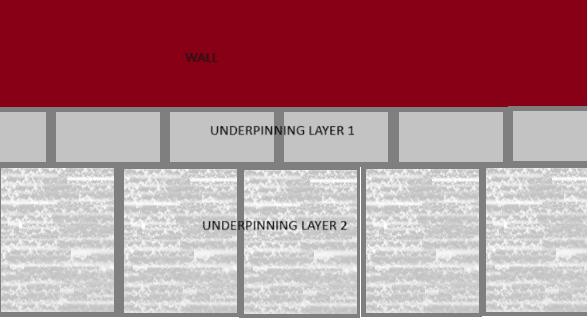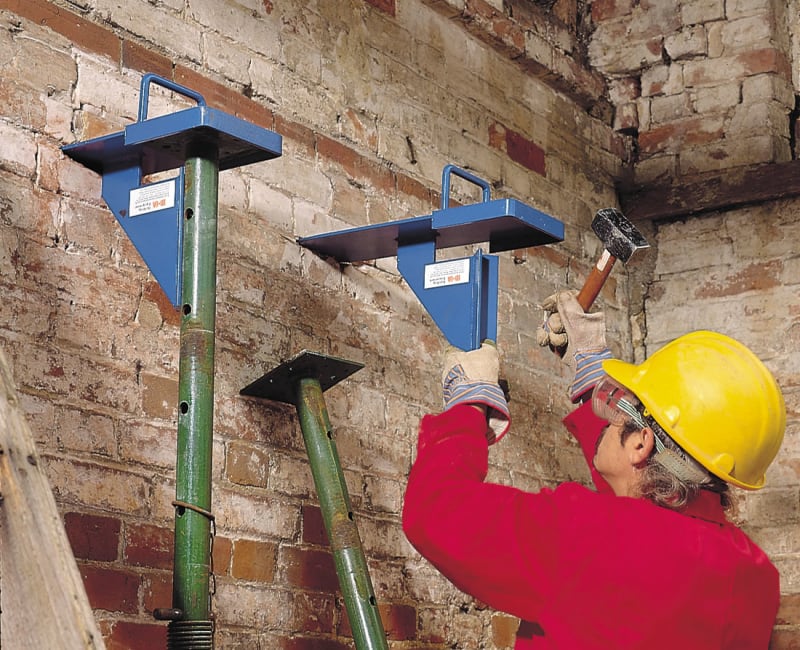Geoluk
Geotechnical
- Sep 1, 2023
- 12
Hello,
I have a job where we have to underpinning a wall that is resting on a single layer of rocks that are 1.5 - 2 feet in diameter. Looks like they just lined up the rocks next to each other, put concrete on top to create a level surface, and began laying bricks. It's only one layer of stones.
My idea is to do some concrete underpinning under the rocks themselves and potentially require that grout be added first if the stones are found to be loose (which it seems they are). Also will probably have to keep the width of the underpinning sections to a minimum since the stones can't quite bridge the underpinning pit.
My questions is, does this reasonable? Is there anything else that I should be aware of?
I considered removing those stones if loose but who know what that would do to the wall above it.
I have a job where we have to underpinning a wall that is resting on a single layer of rocks that are 1.5 - 2 feet in diameter. Looks like they just lined up the rocks next to each other, put concrete on top to create a level surface, and began laying bricks. It's only one layer of stones.
My idea is to do some concrete underpinning under the rocks themselves and potentially require that grout be added first if the stones are found to be loose (which it seems they are). Also will probably have to keep the width of the underpinning sections to a minimum since the stones can't quite bridge the underpinning pit.
My questions is, does this reasonable? Is there anything else that I should be aware of?
I considered removing those stones if loose but who know what that would do to the wall above it.


